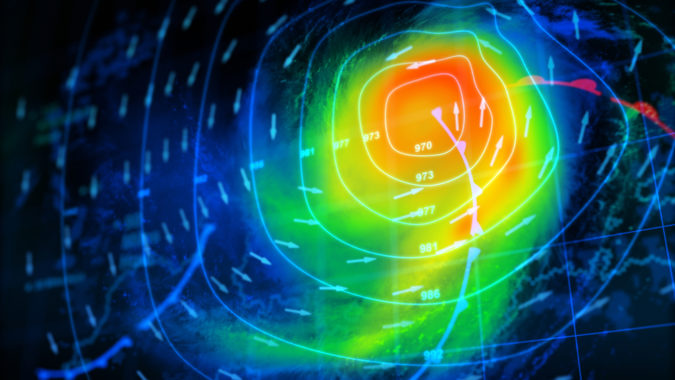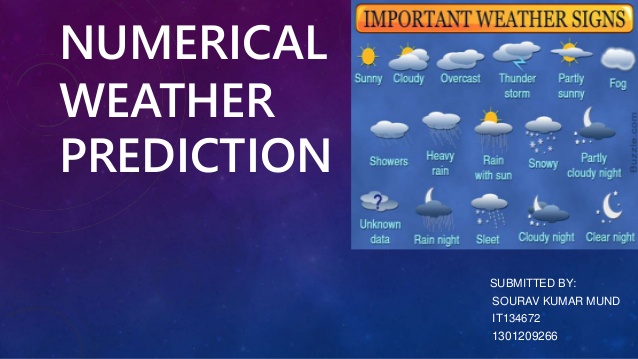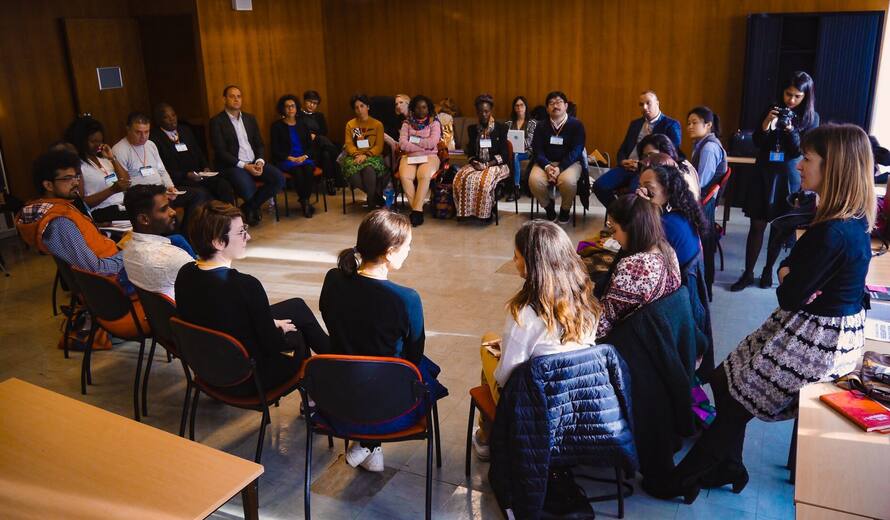01
WorkingGroup
Working Group 01
The Working Group for Impact Based Forecasting supports National Meteorological and Hydrological Services (NMHSs) to transition from traditional meteorological and hydrological forecasting to impact-based forecasting to ensure NMHSs remain relevant to stakeholders, responders, and civil societies.













